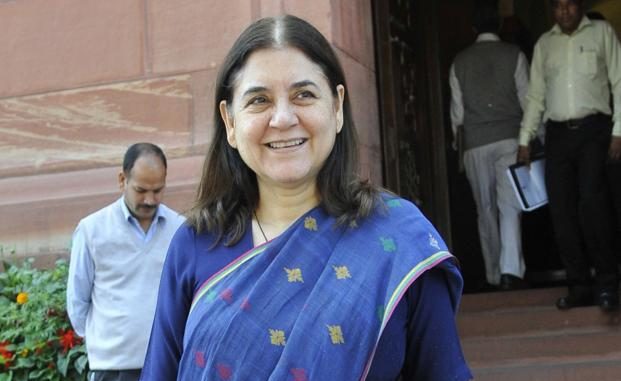
New Delhi: The last two weeks have seen the women and child development (WCD) ministry propose two key laws aimed at redefining gender justice—the draft Trafficking of Persons (Prevention, Protection and Rehabilitation) Bill, 2016 and the draft National Policy for Women, 2016.
Both the draft bills bring with them many firsts. While the bill on trafficking, released on 30 May, is the first to have covered the subject of trafficking for purposes other than sex work and provides victims with a legal right to rehabilitation, the draft National Policy for Women, released on 17 May, brings the focus on women’s reproductive rights, redistribution of gender roles and the recognition of the rights of single women for the first time.
To be sure, the policy for women comes 15 years after the National Policy for Empowerment of Women was formulated in 2001. Meanwhile, trafficking is the third largest organized crime in India after the arms and drugs trade.
“India has become the source, transit and destination of trafficking. The same is happening in other South Asian countries as well. Our children are being trafficked to the Middle East and then to Africa,” WCD minister Maneka Gandhi said while releasing the text of the draft bill on trafficking.
Currently, India has a special law to deal with trafficking—the Immoral Traffic Prevention Act (ITPA), 1956—along with certain provisions of the Raj-era Indian Penal Code (IPC), 1860. They, however, only deal with trafficking for the purposes of sex work and do not cover other criminal activities for which women and children are trafficked.
The bill extends rehabilitation services to victims even after they leave shelter homes. Apart from setting up anti-trafficking committees at the district, state and central levels, the bill also provides for a state-level anti-trafficking fund and a special agency along the lines of the Central Bureau of Investigation (CBI) to be set up by the Centre for probing offences, among other provisions.
The National Policy, on the other hand, as Gandhi explained, would shift the focus from “just welfare to welfare with a heavy dose of rights”.
The draft policy talks about reproductive rights of women by regulating surrogacy and shifting the onus of family planning from female to male sterilisation.
According to data from the United Nation Development Programme’s latest Human Development Report (HDR) of 2015, India ranks 130 out of 155 countries in the Gender Inequality Index (GII) for 2014, way behind Bangladesh and Pakistan that rank 111 and 121, respectively.
However, the policy does have some loopholes. For instance, it does not take into account some of the key recommendations made by the High Level Committee on the Status of Women in India, which was set up by the previous government in 2013 to study the status of women in India since 1989. The committee, which submitted its report in July 2015, had recommended criminalisation of marital rape, decriminalisation of sex work and giving the National Commission of Women the status of civil courts, among other things.
Analysts see the move, on the whole, as a positive step in fixing anomalies in existing laws and in framing laws which cater to changing times.
“Though not all, but the government has into consideration some key recommendations of the high level committee on the status for women while framing the draft National Policy for Women, bringing it in line with contemporary times. The trafficking bill on the other hand aims at fixing the anomaly of treating trafficking victims as culprits,” said Rashmi Singh, former director, National Mission for Empowerment of Women, under the WCD ministry, from 2011 to 2014.
Both the drafts have been made public for suggestions from various stakeholders along with inter-ministerial consultations before they are moved to the cabinet after three months.
Source: Livemint

Leave a Reply